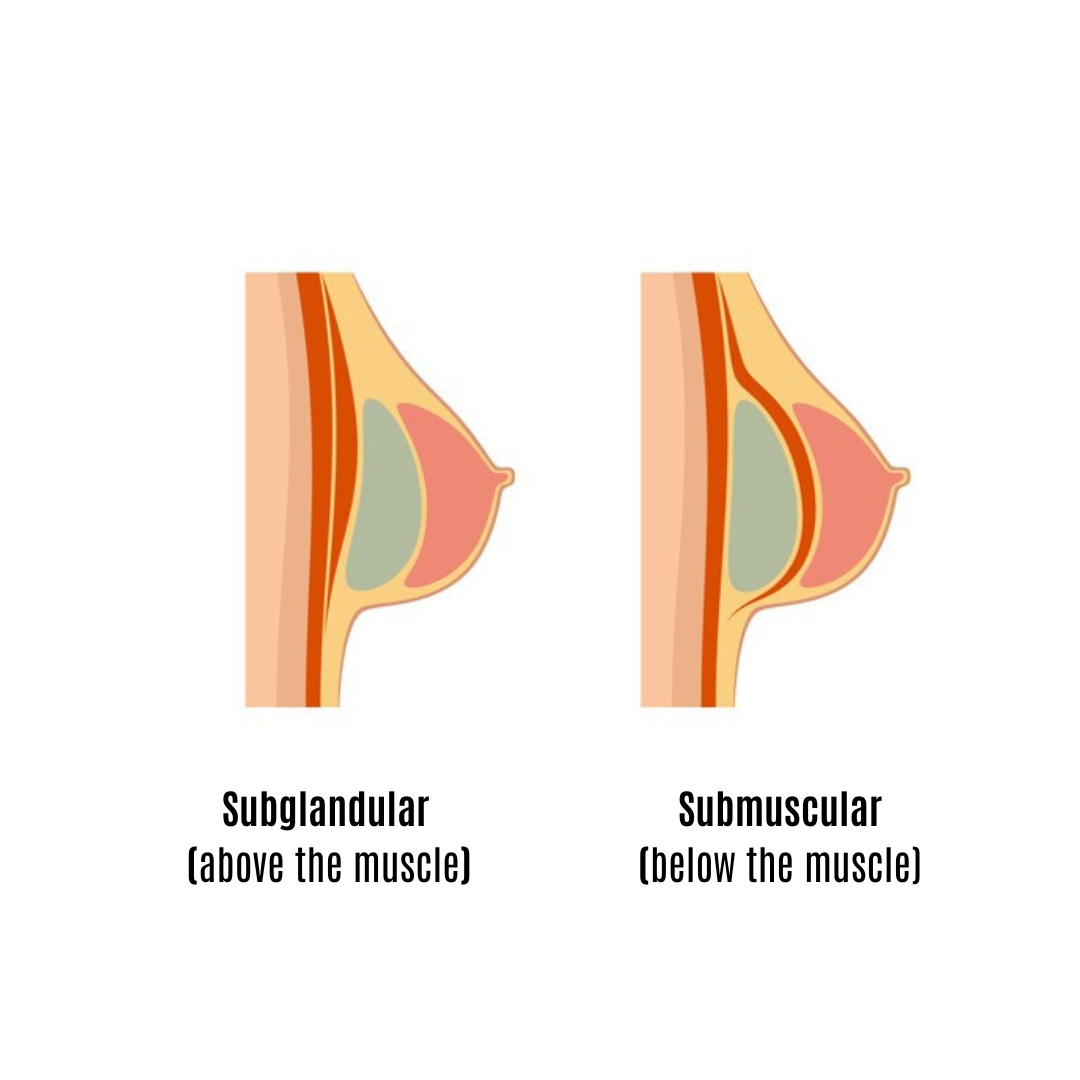
Matthew C Camp, MD
Board Certified Plastic Surgeon
In breast augmentation, the choice between subglandular and submuscular (under the muscle, also known as subpectoral) implant placement is crucial for achieving natural-looking results. While both options offer similar static appearances, the dynamics differ significantly, especially when the pectoral muscle (main chest muscle) is active. When this muscle activates, it causes the breast to move down and out.
For most of my breast augmentation patients, I recommend subglandular implant placement. Not often, there will be patients who either have extremely small breasts or have very little breast tissue due to massive weight loss and in such a situation where there is virtually no breast tissue, implants must be placed underneath the muscle. Additionally, some patients specifically request submuscular placement and I am happy to accommodate such a request and make sure the patient is informed what can be expected after surgery regarding longer recovery and breast animation considerations.
Submuscular implants tend to move when the pectoral muscles are flexed, which can causes an unnatural animation of the implant that can be seen by others. This can be obvious when wearing a swim suit, attending yoga class, or when lifting weights. On the other hand, subglandular implants behave more like natural breasts, providing a seamless aesthetic, particularly during muscle movement.
The historical context of implant technology also plays a role. Early silicone and saline implants had issues like rippling, leading to a preference for subpectoral placement to mask these imperfections. However, modern solid silicone implants have reduced the risk of rippling, making subglandular placement more viable for achieving a natural appearance without having to cut the muscle.
Advantages of subglandular placement include enhanced cleavage, easier recovery with less pain, and preservation of muscle integrity. Some surgeons, however, may default to submuscular placement due to familiarity or outdated practices. Yet, with modern implants, there are more options available for achieving optimal results with a subglandular placement.
In summary, while submuscular placement may still be necessary for certain cases, such as patients with minimal breast tissue, subglandular augmentation offers aesthetically pleasing outcomes for most individuals. Understanding the nuances of implant plane selection is essential for informed decision-making in breast augmentation procedures. During your consult in our practice, we will customize your surgical plan to help you achieve your aesthetic goal.